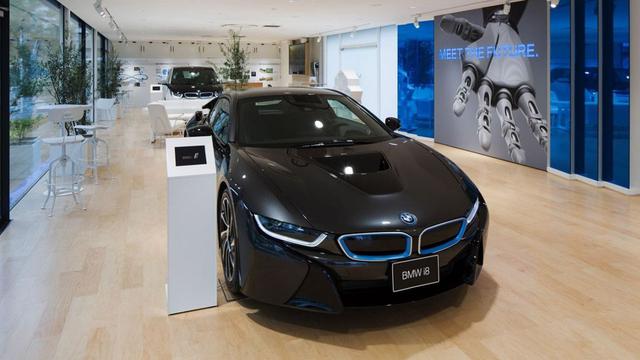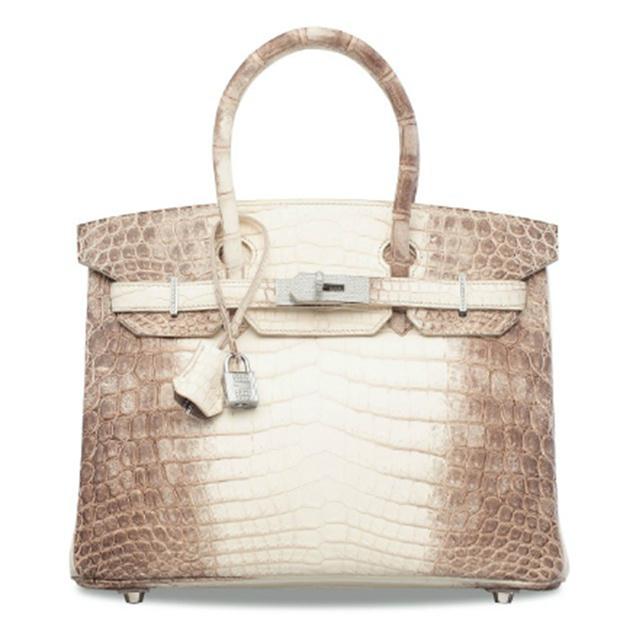When it comes to tax pressure, the automotive sector screams present. Undoubtedly, the 0km tax burden is among the highest for goods that are marketed in the country. A study carried out five years ago by the association that brings together local terminals (ADEFA) determined that 54% of the value of a vehicle corresponds to taxes.
However, this is a base level since it takes a standard model as a reference and does not include other taxes that are paid such as Internal Taxes, a surcharge that is applied to cars considered “luxury”. In general, with some exceptions, it affects imported models.
In this case, a vehicle affected by this tax increases its price, from the moment it arrives in the country, by more than 120% and even triples it.
This is because the tax has two tax brackets. From the beginning of June and until the end of August, the first, applies from $2,012,000 wholesale price (about $2,900,000 to the public) and punishes 0km with a rate of 20%. Due to the way the tax is charged, it makes its final price rise 25%.
A model that arrives at the port with a cost of $2,200,000 ends up with a sale value of $4,800,000. In the middle, there is an import duty of 35%, a statistical rate of 3%, a commission margin of between 10% and 14% (which includes payment of VAT, Gross Income or taxes “by check”), VAT of 21% and the surcharge of 20% for Internal.
If the company that imports the cars does not have, according to the AFIP, enough VAT in its favour, it has to pay an additional VAT of 20%. The decision of when it is sufficient or not is at the discretion of the collecting entity.

There is another scale, starting at $3,715,529, which pays a tax plus of 35%, which represents an increase of approximately 50% in the final value. In these cases, for every dollar that one of these models costs when it arrives in the country, the buyer must pay 3 dollars.
For this most extreme case, for example, a model with an FOB value of US$29,000 has the following surcharge to nationalize it: US$10,500 for import duty, US$900 for statistical fee, US$8. 694 for VAT, US$8,200 for additional VAT, US$2,484 for Income Tax, US$28,900 for Internal Taxes and US$1,021 for Gross Income.
This makes a total of about $60,800 on top of the $29,000. In this way, that unit has a base value of 89,859, of which 68% are taxes. In this way, a 0km can triple its value, from the arrival at the port, only for taxes.
If the taxes that are added in the marketing chain are taken, the State is keeping 70% or more of the sale value of that unit.
On top of that value, 15% of the distributor's margin should be added, plus another 15% from the concessionaire, in good times. That is, the price to the public would be around US$116,000. But those margins are not profitability. about that
percentage, both links in the chain, must face other national, provincial or municipal taxes, such as check tax, Gross Income, hygiene fees and others that makes about 9 points of those 15, both from the distributor and the dealership, go It is these tax obligations, which maintains the tax burden ratio at approximately 70% of the final value of the 0km.
The current objective of Internal Taxes is not focused on a collection purpose. In reality, what he is looking for is to discourage the purchase of the most expensive 0km since it implies a strong outflow of dollars for the Government, something that is scarce in the country.




